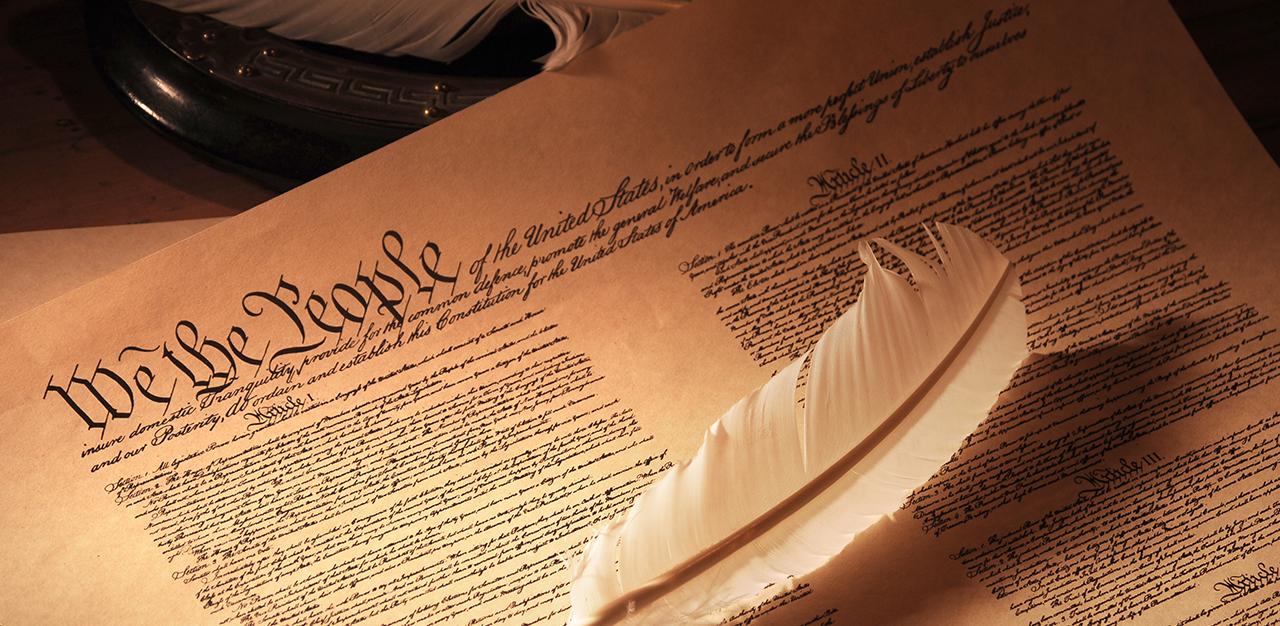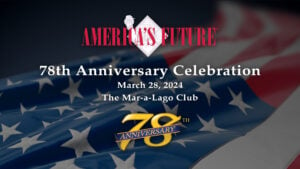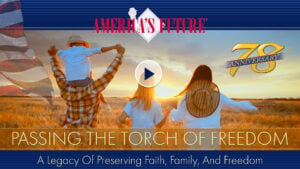
Ratified in 1804 based on concepts described on March 12, 1788, in Federalist Paper No. 68 entitled, “The Mode of Electing the President”, our Twelfth Amendment modified the original manner in which US Presidents and Vice Presidents were selected pursuant to the US Constitution under Article II, Section 1, Clause 3.
Under the original process, members of the Electoral College voted for two candidates and the second-place candidate for president became our vice president. The primary reason this Amendment came about was to avoid an issue arising out of the election of 1800 between Thomas Jefferson and Aaron Burr. Another reason underlying the development of the Twelfth Amendment was to ensure Presidents and Vice Presidents did not align themselves with political parties that endorsed conflicting philosophies. In all likelihood, that would lead to distrust, policy-making standoffs, gridlock, and avoidable conflicts between the two most high-ranking members of our executive branch and their staff.
With all this in mind, the Twelfth Amendment stands for the notion of party-line voting by select residents of US states appointed to meet with all other electors and vote by ballot for the offices of President and Vice President. The notion of electors and the process they follow is captured in the Amendment’s historic text, in part stating,
“The Electors shall…vote by ballot for President and Vice-President…they shall name in their ballots the person voted for as President, and in distinct ballots the person voted for as Vice-President, and they shall make distinct lists of all persons voted for as President, and of all persons voted for as Vice-President, and of the number of votes for each, which lists they shall sign and certify…”
Since the ratification of the Twelfth Amendment, the most obvious challenge burdens state legislatures who are tasked with defining, managing, and enforcing the roles and responsibilities of appointed electors through laws and regulations. The cause of the most controversy over the years centers on whether an elector can exercise free will during the Electoral College, thus voting for their personally preferred candidates or whether states can bind the elector to vote only for the candidates the elector pledged to vote for at the time he or she was appointed.
The Supreme Court has interpreted the Twelfth Amendment on only a handful of occasions. The 1952 opinion of Ray v Blair 343 US 214 (1952) held that states could require a potential elector to affirmatively “pledge” (in other words, promise) to cast a vote for the candidate the voters of their state had supported.
The most recent SCOTUS decision centered on the Twelfth Amendment was announced in 2020 under Chiafalo v Washington, 140 S. Ct. 2316 (2020). Circling back to (and reaffirming) the holding in Ray (1952), the Chiafalo (2020) decision involved the right of states to enforce elector pledges. In this case, the SCOTUS ruled that states may enforce the pledges to only vote for candidates that electors are required to make.
These SCOTUS decisions reflect a deep-rooted belief we hold, as Americans, that our elections must be free and fair and the rights of eligible voters cannot be compromised or undermined – the right to vote gives rise to and protects all other individual rights we hold sacred as a free people.







